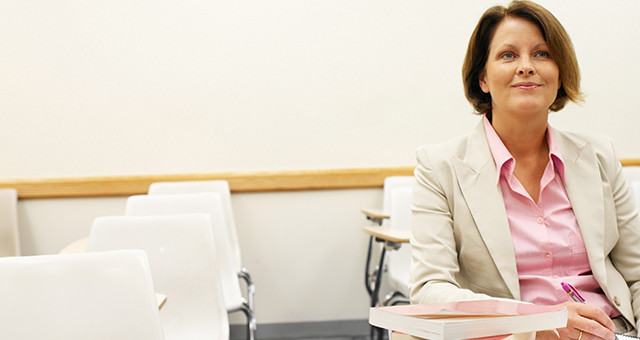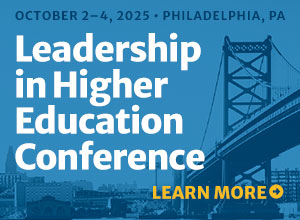Planning Community-Based Faculty Training and Professional Development at Your Institution
External faculty development has many benefits for improving teaching and academic programs, but these courses and training also come with limitations. The direct creation of an academic institution’s own faculty training and courses is one practical option to expand faculty professional development opportunities aligned with evidence-based teaching practices, institutional needs,...
Teaching and Learning Centers as Catalysts for Faculty Diversity Development
Consider the experience of Jordan, a fourth-year political science major, who was told by his professor that many African-American students do not pass her class (Brooms, 2017). This stereotyping can create a self-fulfilling prophecy, or what Claude Steele describes as a “stereotype threat,” which impacts students’ performance by challenging their...
Making Faculty Development an Institutional Value and a Professional Practice
Sometimes faculty development programs are inherited by an academic leader, and other times they have to be built. In either case the academic leader needs to heed some wisdom from the Chinese classic the Tao Te Ching. Faculty development is a long journey wherever one starts; like a journey of...




